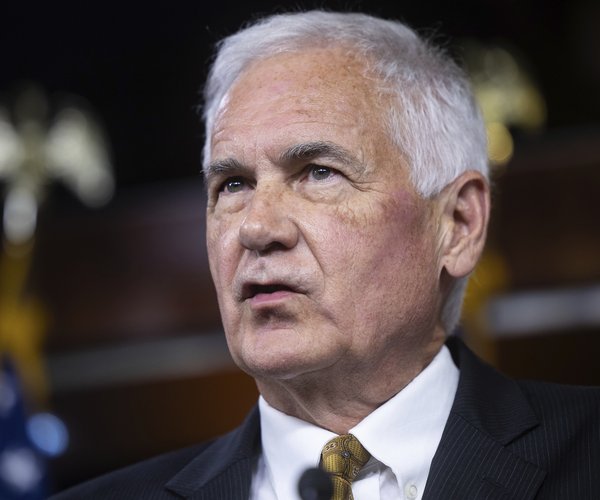There apparently is a limit to how far Silicon Valley firms will go with employee perks.
And that threshold of pain could end up energizing growth in the Northern San Joaquin Valley.
At the start of the pandemic seven months ago, Bay Area firms from A to Z started having people work remotely from home. By the time August rolled around some firms such as Facebook starting viewing remote work as possibly a more permanent trend encouraging them to move beyond the shackles of the Bay Area.
It didn’t take long before Facebook et al made it clear they were a business. Move far enough away that a commute to the office one, twice or maybe three times a week isn’t practical and you are liable to take a mandatory pay cut to become a true remote worker.
That’s because if you get to a point where you can get to work in less than two and a half hours or so you are clearly living in an area that costs much lower to reside.
High tech firms resorting to the same sliding pay based on how expensive an area is to live are channeling the old school Fortune 500 companies.
There are “work” experts who argue that cutting pay in such a manner will make employees want to jump ship when they can.
That said the experts are wrong that this somehow means Facebook and their high-tech brethren that pays someone $150,000 a year will continue to do so if they move to Genoa in Nevada to work remotely. It sounds like a great gig for the employee. They’re within 45 minutes of Reno and the cost of living in Genoa would turn their $150,000 Bay Area check into the equivalent of buying power of about $450,000 in Nevada.
Facebook executives aren’t being douches nor or they going against their free lunch, free yoga classes at work, and sleep pods in offices for hour-long nap mentality. They have zeroed in on a key issue of seven months with most of their workforce labor remotely. Collaboration, which is at the heart of tech innovation, is much more difficult to do when you use the tools tech created to work remotely.
It’s an extension of Steve Jobs and Bill Gates who raised their own children tech free by severely limiting screen time and why Google’s Sundar Pichai’s middle school son doesn’t have a cellphone. These tech giants know how interaction not in real time but face-to-face is ultimately a key to optimum success not just in communicating with people socially but in the workplace as well.
What likely will happen even if the pandemic gets under control enough to start backing off significantly on social distancing strategies by this time next year, are firms moving more toward a hybrid workplace.
That may mean two to three days in the office and the rest of the week working remotely.
Keep that in mind when you look at housing starts in Valley communities that have surged during the pandemic. A lot of the home buying is being done by renters who were paying $3,500 a month for a two- or three-bedroom apartment in or near the Silicon Valley and are now reducing their monthly housing costs by buying in the Northern San Joaquin Valley.
You could argue that was possible before the pandemic but you’d be only partially correct. That’s because commuting — especially by car — from this side of the Altamont to the Bay Area not only takes a toll mentally and physically but also fiscally.
Even with gas efficient vehicles you easily burn through $10 of gas a day or $200 a month just going from the Valley to Livermore and back each day. Add wear and tear on your car or commute to San Jose and that $1,000 savings disappears.
Hybrid work schedules going forward or even having a job that returns to being 100 percent in the office will be less stressful and less costly to do.
You might ask about how a return to a five-day commute would be either less stressful or less expensive post pandemic as opposed to pre-pandemic. To answer is simple. By 2023 the Altamont Corridor Express will be more robust and Valley Link to connect Lathrop initially with the BART station in Pleasanton will be moving toward groundbreaking.
Given the Bay Area firms that are looking to reduce pay for workers that move far away when they are allowed to work remotely already have a sizable part of their workforce living here, it is doubtful that an employee who was renting in Santa Clara and buys a house in the Valley will be subject to a pay cut.
Add to that the appeal of more space, being able to own a home, and not having a killer five-day commute thanks to an emerging hybrid workplace that is shaping up for the post pandemic world as well as a strengthening mass transit web it’s not too hard to see where this will take Valley communities.
At the same time places like Facebook may find their space needs change with a shift to hybrid workplaces. They could easily hire more people without adding more space.
And with a transit infrastructure that includes more rail and freeways gaining capacity thanks to workers that don’t have to commute every day you are likely to see the “Bay Area” generate even more jobs.







